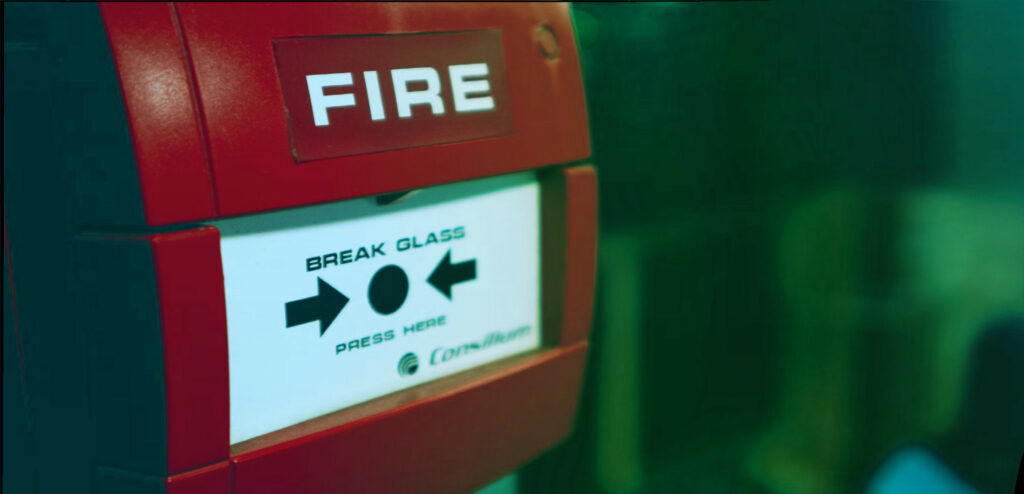An emergency fund is a reserve of money that is built up over time to cover unexpected expenses, like losing a job, a domestic breakdown or illness.
Its function is to provide financial support in the event of unfortunate events, avoiding having to resort to loans or credit cards, which can have a high cost.

An emergency fund is an essential part of sound financial planning. Having an emergency fund will give you peace of mind knowing that you have a financial cushion in case of unexpected expenses.
In general, It is recommended to have an emergency fund of at least 6 months of monthly expenses.
You can create this by creating a budget, setting a goal and a savings plan. Your emergency fund should be kept in a separate account from your day-to-day checking account and should not be invested so you can have access to the funds just in case.
How much to set aside for your emergency fund?
In general, it is advisable to keep aside an amount equal to 3-6 months of monthly expenses. For example, if your monthly expenses are 2.000 euro, you should have an emergency fund set aside 6.000-12.000 euro.
Said this, there is no specific rule and the emergency fund needed may vary depending on your personal and financial situation.
For example, if you have a family to support, you may want to have a larger emergency fund.
Furthermore, if you have a precarious job or a fluctuating income, you may want to have a larger emergency fund to deal with potential periods of unemployment.
How to create an emergency fund
An emergency fund is a reserve of money that is used to meet unexpected expenses, like losing a job, a domestic breakdown or illness. It is an essential component of sound financial planning.
First of all, you need to create a budget.
This will help you understand how much you spend each month and set a realistic savings goal.
To create a budget, you will need to track your income and expenses over a period of time.
Once you have an idea of how much you spend, you will be able to start cutting unnecessary expenses and allocate part of your income to savings.
You also need to set a goal based on your needs.
Decide how much money you want to have in your emergency fund. In general, It is recommended to have an emergency fund of at least 6 months of monthly expenses.
This will provide you with enough financial cushion to meet any unexpected expenses.
Once you have set a goal, you need to create a savings plan.
Decide how you want to save to reach your goal.
You can decide to transfer a fixed portion of your salary into your emergency account each month or save an additional amount whenever you can.
In the end, It's important to avoid touching your emergency fund.
The emergency fund is intended to be used only in emergencies.
Avoid touching it for unnecessary expenses, such as holidays or unnecessary purchases.
If you have the chance, create a second fund specifically for various whims and entertainment.
Where to keep your emergency fund?
Your emergency fund should be kept in a separate account from your day-to-day checking account. This will help you avoid using it for unnecessary expenses.
It is not advisable to invest your emergency fund. Investments are subject to the risk of capital loss. In case of emergency, you may need to access your emergency fund and may not be able to do so if your investments have lost value.
The Emergency Fund In Brief
- An emergency fund is a reserve of money that helps you deal with unexpected expenses.
- In general, It is recommended to have an emergency fund of at least 6 months of monthly expenses.
- You can create this by creating a budget, setting a goal and a savings plan.
- Your emergency fund should be kept in a separate account from your day-to-day checking account and should not be invested.
- Avoid touching your emergency fund, except in case of emergency.

The Italian community of the FIRE movement (Financial Independence, Retire Early) to stop working and retire young.